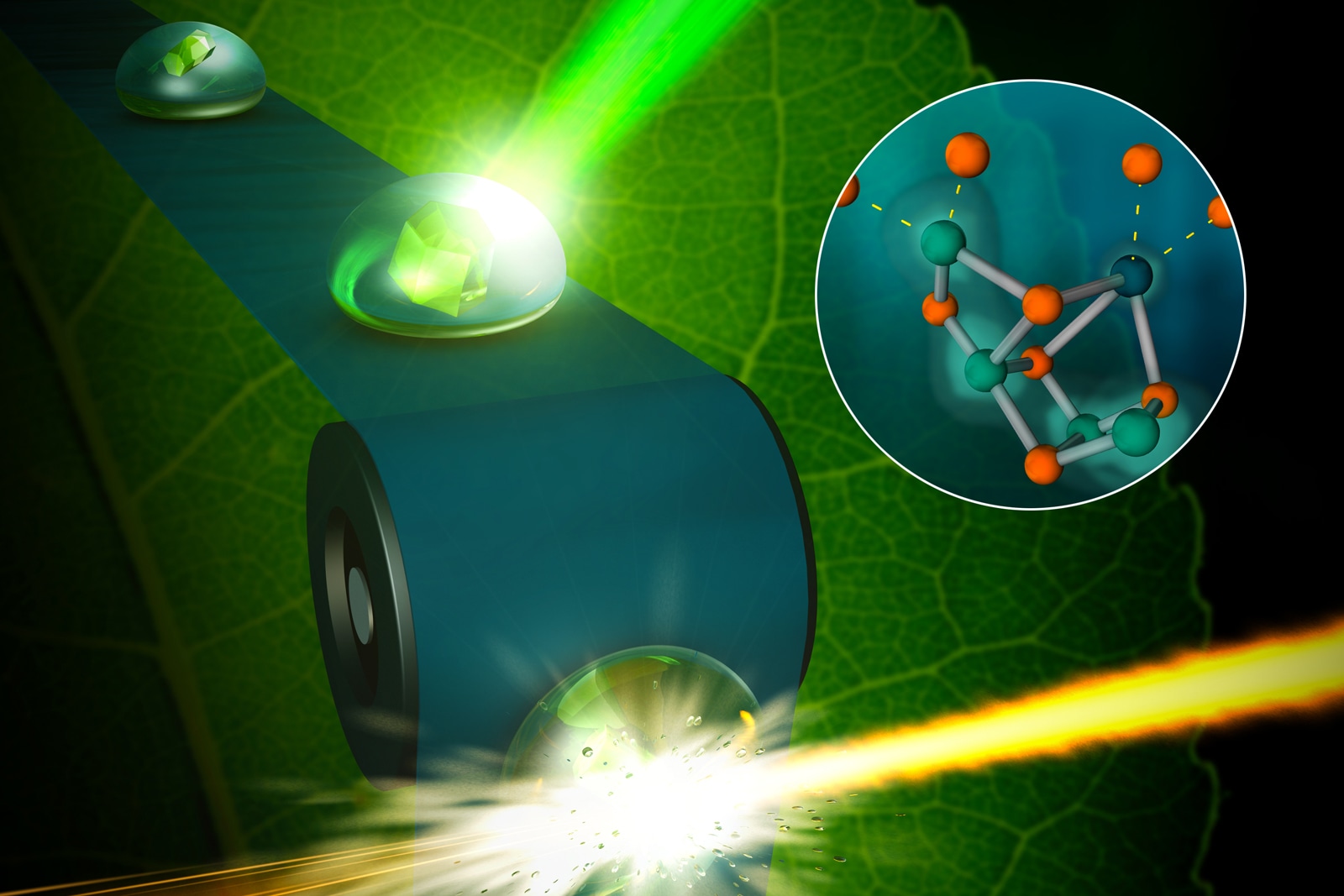photosynthesis captured in real-life conditions
You no longer have to freeze leaves to see one of the most vital chemical processes on Earth.

Humanity has known about the life-giving photosynthesis process for a long time, but studying it in real-world conditions has often been impractical. You've typically had to freeze samples to get a good look, which isn't exactly natural. However, the SLAC National Accelerator Laboratory just managed a breakthrough: it used its x-ray laser to capture detailed snapshots of photosynthesis at room temperature. The trick was to place protein complex samples in a solution, put that on a conveyor belt, light it up with a green laser (to start the water-splitting reaction) and capture images using x-ray pulses. As those pulses are extremely fast -- just 40 femtoseconds long -- you can collect crystallization and spectroscopy data before the sample meets its untimely end.
The imagery helps illustrate chemical interactions that were previously somewhat mysterious, and it should only get better as scientists capture more images and provide additional details. Ultimately, the aim is to understand photosynthesis well enough to faithfully reproduce it. If that happens, we'll have a source of sun-based renewable energy that doesn't rely on conventional, not-so-efficient solar panels.

No comments